In the alluvial package, is it possible to combine those alluvia that have the same source and target nodes? For example the two dark alluvia in the image below, that both go through AB and 3.
Edit: Here is an example using the Titanic dataset, which shows the same behaviour:
# Titanic data
tit <- as.data.frame(Titanic)
tit3d <- aggregate( Freq ~ Class + Sex + Survived, data=tit, sum)
ord <- list(NULL, with(tit3d, order(Sex, Survived)), NULL)
alluvial(tit3d[,1:3], freq=tit3d$Freq, alpha=1, xw=0.2,
col=ifelse( tit3d$Survived == "No", "red", "gray"),
layer = tit3d$Sex != "Female",
border="white", ordering=ord)

